In a report done by CBS news, if all households in the U.S. switched out just one standard, incandescent light bulb with one certified as green, it would reduce greenhouse gas emissions by the equivalent of 800,000 cars. Those are some pretty amazing statistics, and of course, it does not stop there.
By paying close attention to your energy use habits and usage, you can save a pretty penny during the year, maybe even enough to open a low-risk, no-load mutual fund for yourself. When you think of it in a common sense, practical manner, it becomes quite obvious that reducing your carbon footprint means cash savings for you. Here are 10 tips to go green that can save you money:
1. Save Money by Using Less Water
You can most assuredly save money annually by switching to low-flow water fixtures such as faucets, toilets, and showerheads. You’ll be able to spot a low-flow water fixture by its WaterSense label. If this is all new to you, and you don’t know where to begin, we suggest you check out the EPA’s WaterSense Calculator. This calculator will aid you in the type of fixture to choose for your particular needs.
For instance, a toilet with the WaterSense label will save you around $90 or more each year alone according to the EPA, and if you purchase an inexpensive low-flow toilet for around $100, that toilet will basically pay for itself after one year.
However, we know that not everyone has the budget to switch out their toilet for a more efficient model, but that shouldn’t stop you from saving money each time you flush. Simply place a brick in your tank. this causes water displacement which in turn, means less water used per each flush!
Many older homes still have pre-1980s toilets installed, so if you’d like more information on how installing a newer model can benefit, check out the EPA’s pamphlet, “Flush Fact Vs. Flush Fiction“.
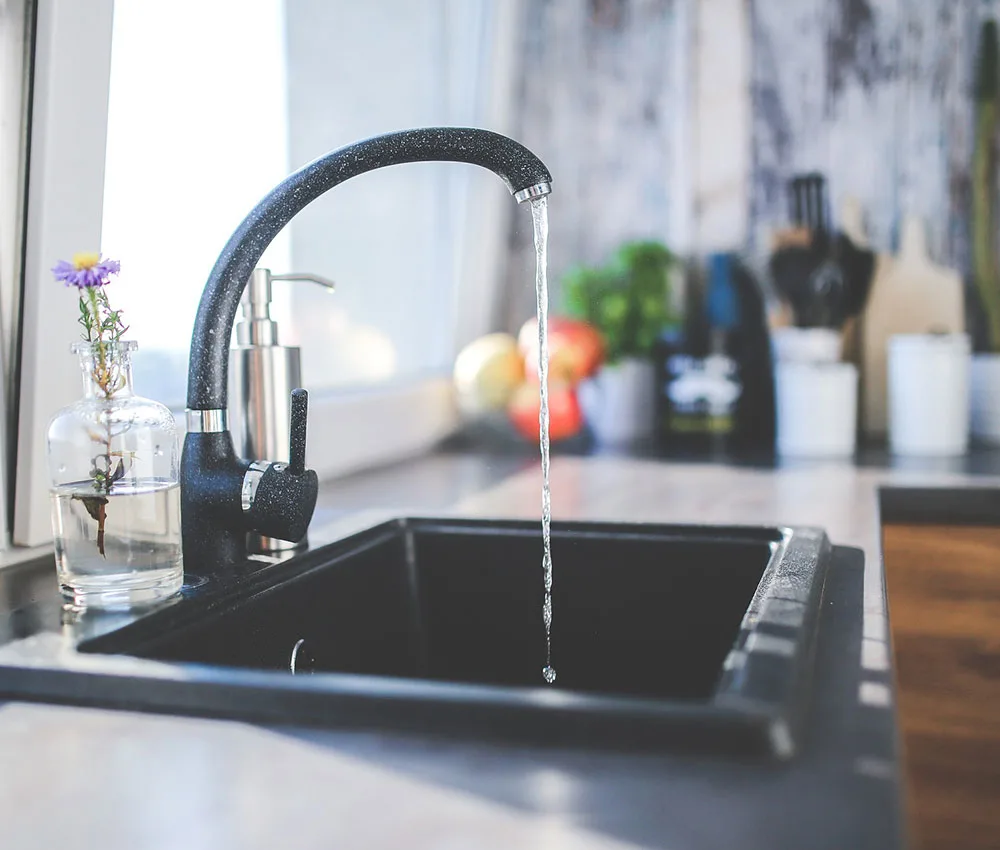
Next, you should consider having any and all leaky water fixtures, pipes, and hot water tanks repaired or replaced immediately. In fact, according to energy.gov savings, the simple process of heating our water is number two when it comes to energy expenses. They also warn that a faucet or pipe that leaks one drop/second means you’ve wasted up to 1,661 gallons of water at a cost of $35 per year.
When it comes to faucets and shower heads, the fix is extremely cost-effective and simple. Many older homes have pre-1992 faucets and shower heads. To reduce your kitchen or bathroom flow rate, simply purchase and install an inexpensive aerator. This is a very simple procedure and will not require a plumber. These aerators will keep your kitchen faucet flow rate to 2.2 gpm or gallons per minute, and bathroom faucets to 1.5 to 0.5 gpm.
Another way to save money on water is to only use your Energy Star Certified dish and clothes washers only when full. You can also save money on outside water usage by getting yourself a rain barrel or two to collect water from your downspouts to water your garden. If you can’t afford a rain barrel simply use an old rubbish container.
2. Washing and Drying Your Clothes
Did you know that most dryers do not have an Energy Star Rating? That’s true, so if you have an older dryer, there are still a few things you can do to save some money. First, consider using an inexpensive drying rack or rig up a clothesline outside so your clothes can air dry. This will definitely save on energy costs.
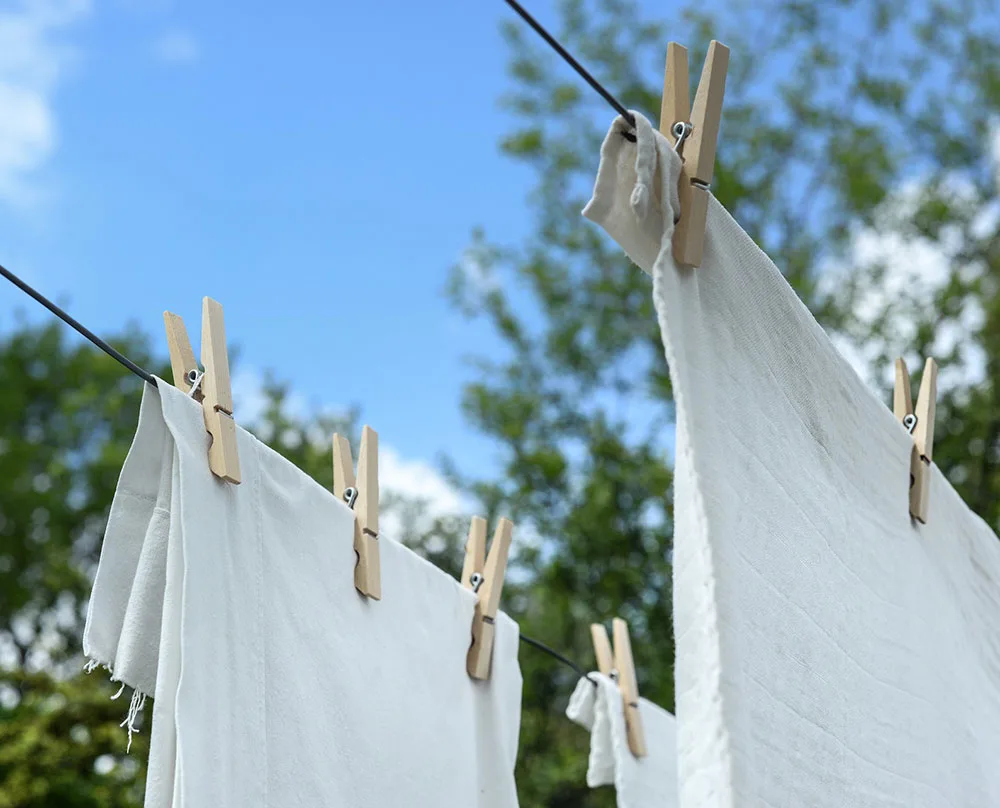
When it comes to the dryer itself, make sure that you keep it on a warm setting, and are right there to put the next load in. This way, the dryer drum is still hot. Dry balls are a great addition to your drying cycle, as they keep your clothes separated during the drying process while sopping up some extra moisture.
By taking a few of the following tips under advisement, you’ll be able to save money on washing clothes as well. For instance, be sure to only wash when you have a full load, use cold water as much as possible to save on heating costs, and make sure that your laundry loads are the right size for your machine. To save money on dryer expenses, use the high-speed spin cycle on your washer, if you have it, to really drain your laundry of as much water as possible.
3. Reduce Your Overall Energy Costs
According to an article in Money.usnew.com, the very act of temperature regulation can gnaw a huge chunk out of your pocketbook each month. Fortunately, you can gain some control over the situation by following a few basic, common-sense tips.
In the wintertime, for instance, you can simply snuggle up in some nice, warm jammies, or daywear. At night, consider purchasing an inexpensive sleeping bag to use instead of a blanket. Sleeping bags are designed to be easy to maintain, and by zipping yourself up at night, you’ll be able to use your own body heat to help keep you warm as toast, so you can turn that thermostat down.

Ceiling fans may be a surprise to you, but they actually increase air circulation through your home, and work for both summer and winter seasons, while closing off the doors of areas you don’t use frequently can help keep the air circulation and temperature right where you need it. Don’t forget that a properly maintained furnace will also reduce energy consumption as will insulating your attic.
Other things, such as insulating your hot water tank and piping can save you much in the way of energy usage costs over the long run. Switching to LED lights will result in savings, as will applying new or fresh weather stripping to all of your windows and doors so the cold does not enter and the heat does not escape. By installing a programmable thermostat, it’s estimated that you can save up to 10 percent a year on both heating and cooling costs. During the winter, program your thermostat to 68 degrees and lower for when you are asleep.
4. Go Vegan, Vegetarian, or Eat Less Meat
When it comes to greenhouse gas emissions, the meat industry is one of the major contributors. The meat and dairy industries also are responsible for using land to farm and feed livestock, as well as massive amounts of water. As a matter of fact, watercalculator.com alerts us to the reality of the water footprint. They state that 6 ounces of beef steak use up 674 gallons of water, while a salad only uses 21 gallons. Remember, that in order to feed the cow, you have to plant and water the grains, plus provide water to the animals, and use water for any cleanup of supplies.
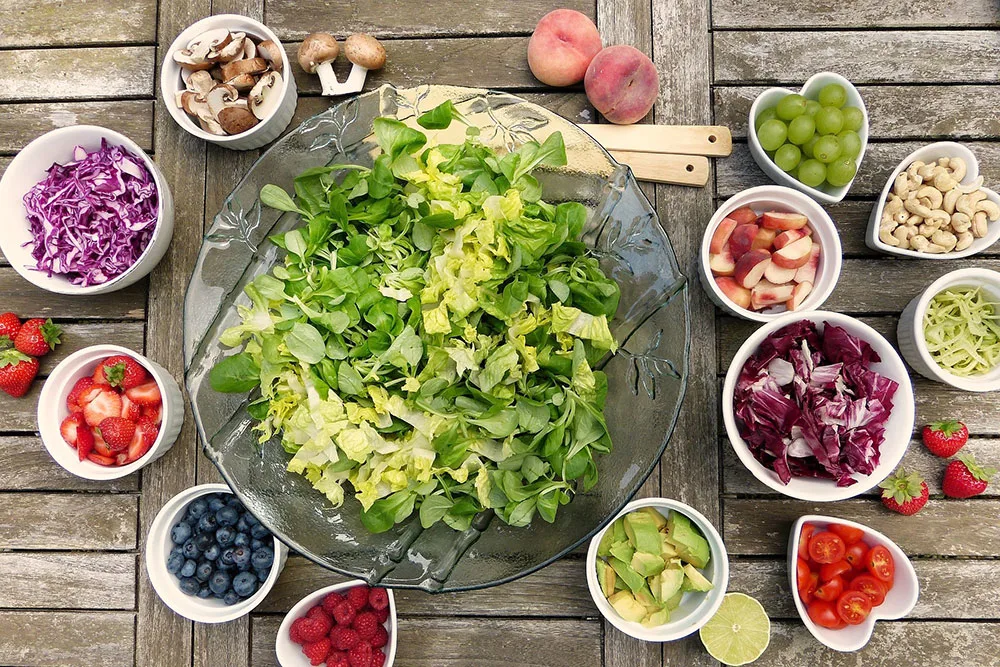
An article in Time found that those who eliminated meat from their diet, replacing it with healthy plant-based proteins, fruits, grains, and vegetables not only had a healthier diet but also saved up to $750 per year in food costs.
If you’re concerned about protein intake, don’t be. Today, there are many vegan and vegetarian athletes in the world, including world-class bodybuilders. So, when you have a meat-free Monday, or better yet, become a vegetarian or vegan, you’re not only creating a healthier you, but you’re saving money and your children’s future as well.
For an in-depth account of how a couple saved up enough money being plant-based to visit Greece, check out this article in cnbc.com.
5. Save Money on Transportation
So far, we’ve seen how going green can not only benefit the planet, but save you a huge chunk of change, and a big part of being green is using your car or truck a little less or more efficiently. There’s a lot going into this topic, so we’ll start right where the rubber meets the road: your tires. Ensure that your tires are fresh, healthy, inflated properly, and rotated on a regular basis.
Also, Consumer Reports collaborated on a study with Michigan State University, and found that using low-roll resistance tires can save you up to $78 a year on fuel costs.

Finally, there are a few common sense approaches you can take regarding transportation that can save you some big bucks in the long run, such as using public transportation or ride-sharing. Also, if you think that turning your car on and off uses more fuel than idling the engine, then you’re mistaken, as your car uses more fuel to idle.
If you’re into the urban lifestyle, save money commuting on smaller trips to using a personal transportation vehicle, such as an electric scooter, bike, or skateboard. Lastly, if you elect to use your vehicle on a consistent basis, remember to take it in for regular, routine maintenance checks. This ensures your vehicle will run smoothly and efficiently.
6. Grow Your Own Produce
It’s no secret that purchasing groceries is one of the most expensive things we do for ourselves. In order to cut down on that expense, you can either frequent farmers markets, or better yet, grow it yourself. If you don’t have a green thumb, or are hesitant to begin, stick with the easy-to-grow, tried and true produce, such as tomatoes, squash, melons, green beans, and bell peppers, as these can basically take care of themselves. If you have room, it can’t hurt to add an apple or nut tree into the mix!
Now that we’ve got your attention, you’re going to love this next part: growing produce from scraps. That’s right, there are currently people who have been eating on the same cabbage for many months, by simply planting cabbages, cutting off what they need when they need it, and giving the cabbage time to grow again.
Other produce which is easy to grow from scraps includes lettuce varieties, onions, garlic, and root vegetables. Don’t fret if you don’t have a yard, as many people are experimenting with year-long indoor gardens as well as terrace gardens. Finally, remember to chop and freeze your vegetables, so they can be available during the winter months.
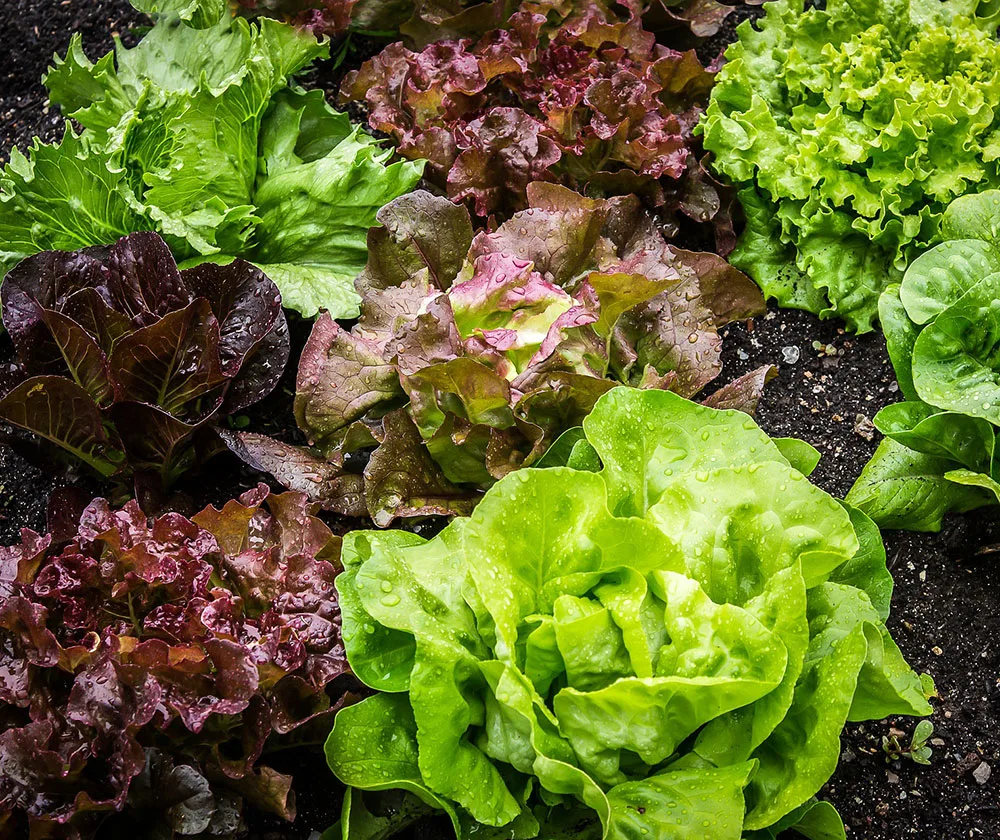
With all of these money-saving, homegrown vegetables, it may be a good idea to skip on the expensive, store-bought fertilizers and create your very own compost. You can craft a compost bin yourself, or purchase one. When you compost, you’re taking your leftover produce scraps, and garden waste such as grass clippings, and turning them into fertilizer.
Now, when you look at growing and freezing your own produce, creating your own compost, and reducing the meat in your diet, you have most definitely created a grocery budget you can live with!
7. Buy Only Energy Star Certified Appliances
When an appliance has the ENERGY STAR certification, it means that they’ve been certified by the U.S. Department of Energy, and designed to use up less energy than past models. While they can cost a bit more initially, ENERGY STAR-certified appliances will save you some serious money in the long run if used properly.
For instance, an ENERGY STAR-certified washing machine will use around 25 percent less energy than those which are not certified, and a dryer up to 20 percent less energy. The top appliances which you should look out for are clothes washers and dryers, refrigerators and dishwashers.
8. Recycle, Repurpose and Reuse
Our electronics provide us with much in the way of usefulness and entertainment. The problem is, many of our electronic items become obsolete quickly and are discarded. You can help save money for yourself as well as go green for the planet by uploading them to sites such as Gazelle. For more information on how to recycle your previously used electronics, visit the EPA’s site here.
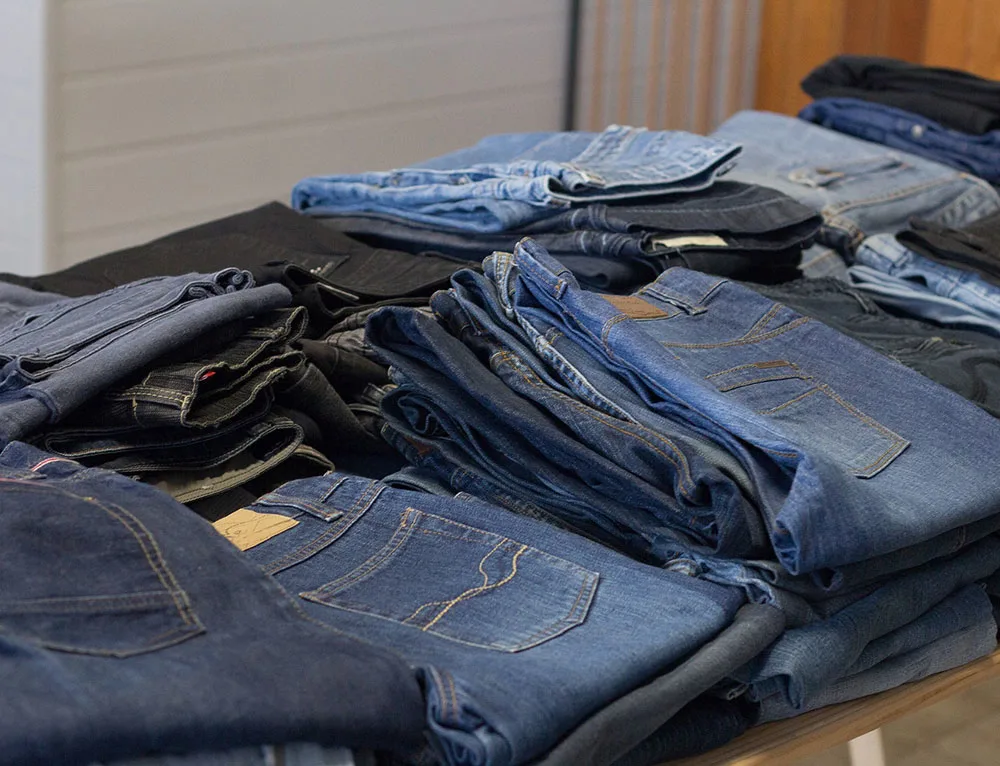
Recycling is not only environmentally friendly but can also save you money. For instance, if you have a pair of jeans that have seen better days, just cut off the legs and turn them into shorts or a carry-all bag. When you join groups such as freecycle.org, you can save huge sums by taking items off of other members, free of charge.
9. Save Money Doing Household Chores by Going Green
By going green when it comes to household chores, you can save yourself some dime at the grocery store by eliminating paper towels and making your own ‘green’ household cleaners. For example, by halting the purchase of paper towels in lieu of microfiber towels you can cross another item off your grocery list.
Microfiber towels are very inexpensive and can be found online and in dollar stores everywhere. A stack of these tough, absorbent, and durable towels is capable of doing everything from sopping up spills and washing your car to drying the family pooch after a bath. Indeed, the amount of money you’ll save phasing out paper towels from your kitchen duties and subbing them with microfiber towels can really add up.
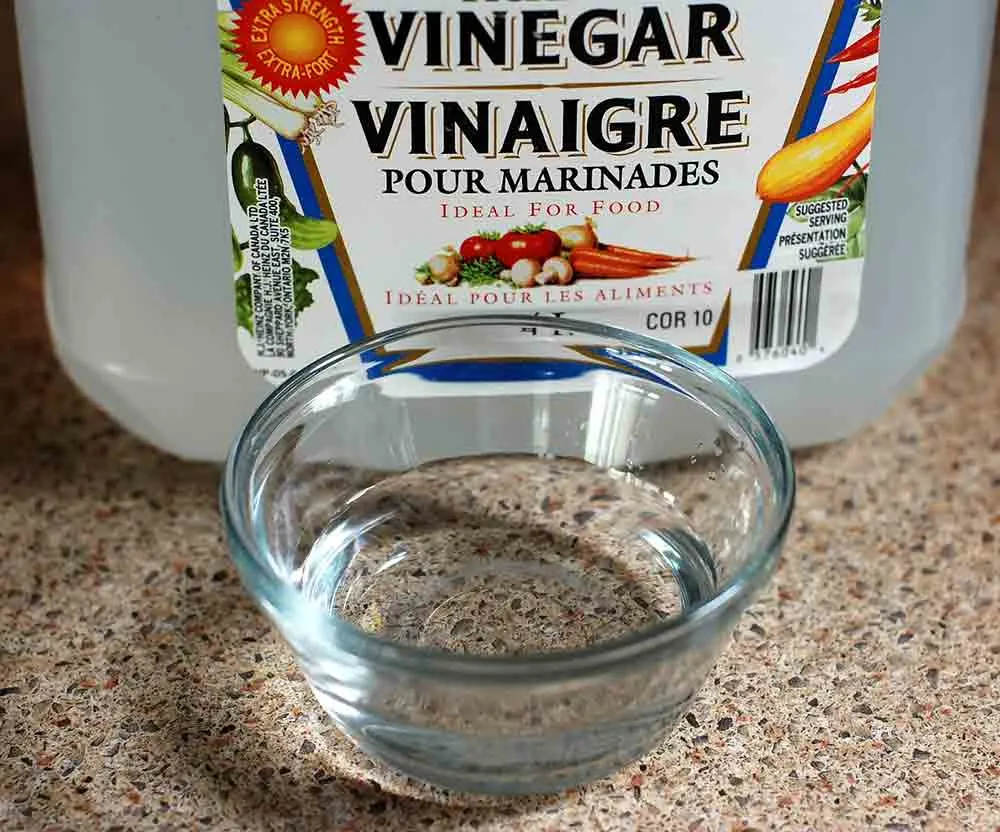
Unless you purchase a household cleaner that is marked as sustainable, you are not only spending extra money but also hurting our environment. When you make your own household cleaners, such as white vinegar and baking soda, you’ll not only save big but be saving the environment as well.
For example, you can probably take a trip to the dollar store and purchase a bottle of white vinegar and a box of baking soda for around $2.00 or less. This $2.00 can be used to create several bottles of household cleaner! In fact, in order to make all of the different varieties of household cleaner, all you’ll need is white vinegar, baking soda, lemon juice, olive oil, castile soap, and essential oils to freshen the air. There are many different recipes online, with the most basic being simply white vinegar and water
10. Perform an Energy Audit
Contact a professional to perform an energy audit on your home or business. While you do have to pay for a professional to come and check out your environment, their findings will help you save much in the way of unnecessary energy expenses in the long run.
These professionals will look into what generates energy and the type of behaviors you’re engaged in that are causing you extra cash. Once they provide you with your energy score, you’ll be advised on how you can improve your score. For more information on how to perform your own energy audit for free, check out the recommendations at energy.gov for more information.

Conclusion
When it comes right down to it, going green can definitely save you a good amount of money. Whether you’re doing it for the planet or for your pocketbook, by doing simple things such as weather-stripping your home, purchasing low-flow water fixtures, growing your own produce, and cutting down on transportation expenses, you can help yourself out considerably. It’s also recommended that you look into how to perform your own energy audit, or better yet, hire a professional to give you a score to you know where you stand.
References:
- https://www.kiplinger.com/article/saving/T063-C011-S001-12-ways-to-save-money-by-going-green.html
- https://money.usnews.com/money/blogs/my-money/articles/2017-07-26/6-ways-climate-change-will-negatively-impact-your-wallet
- https://www.smallfootprintfamily.com/how-to-save-money-by-going-green

